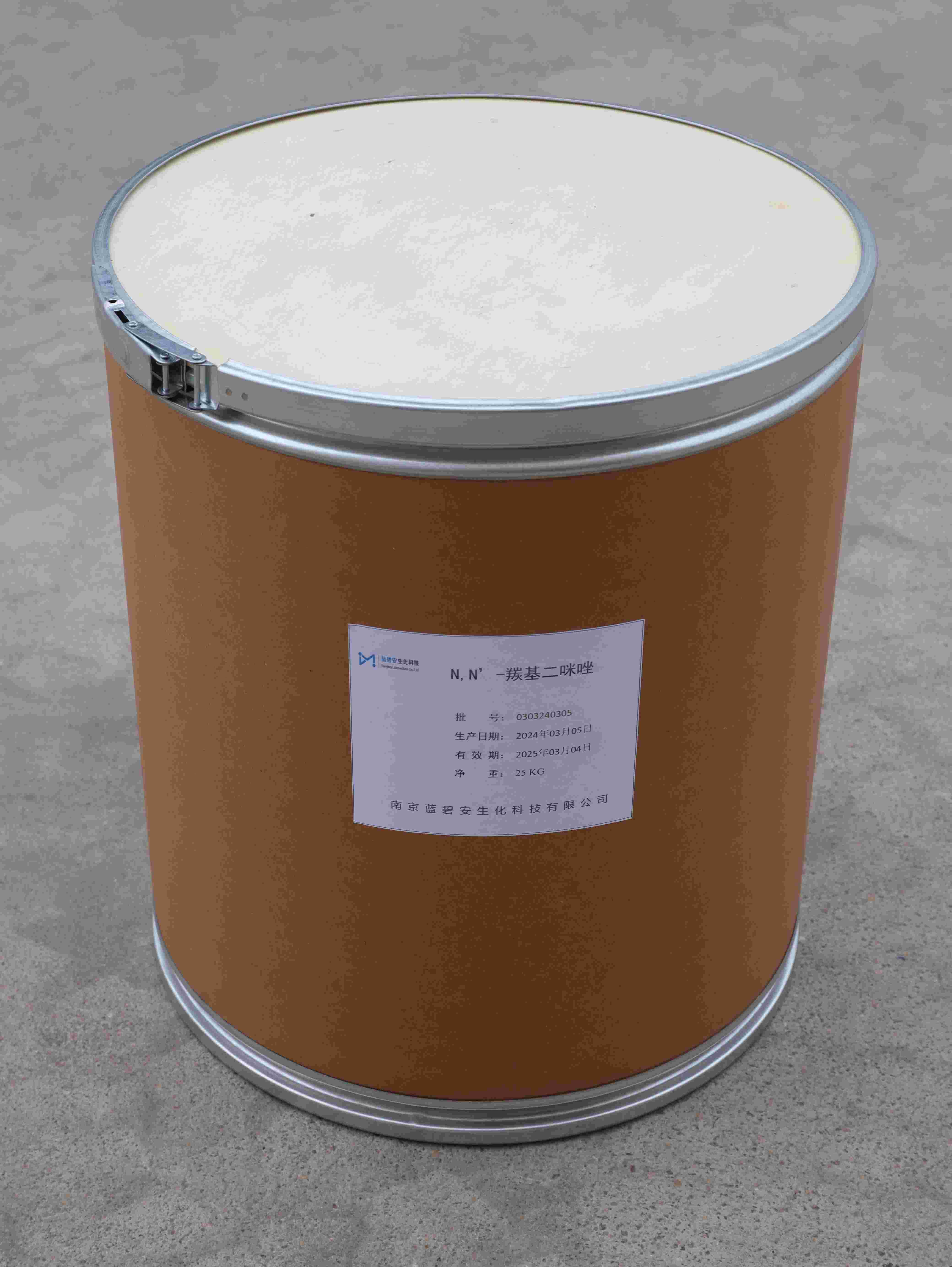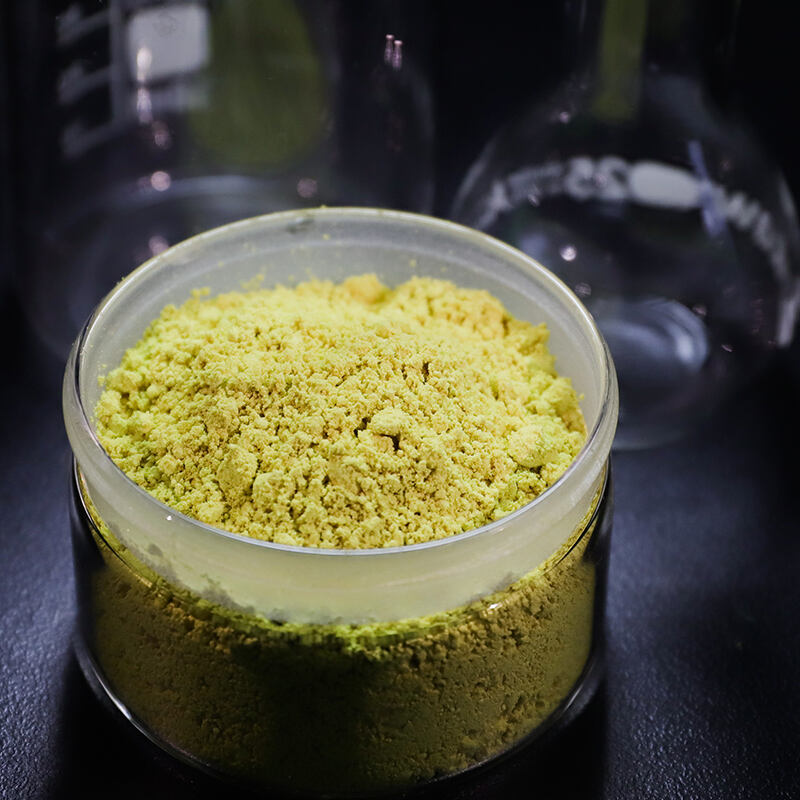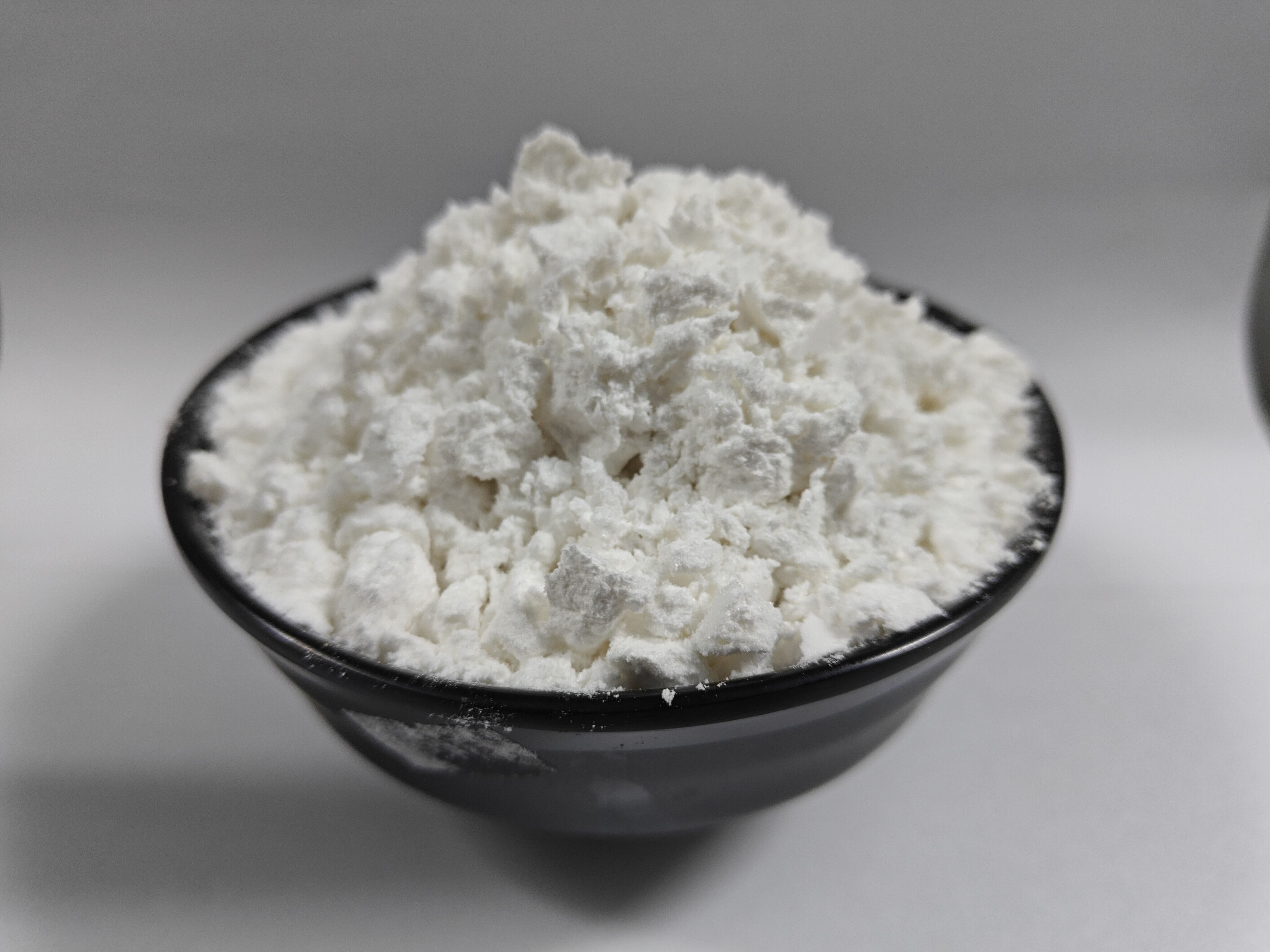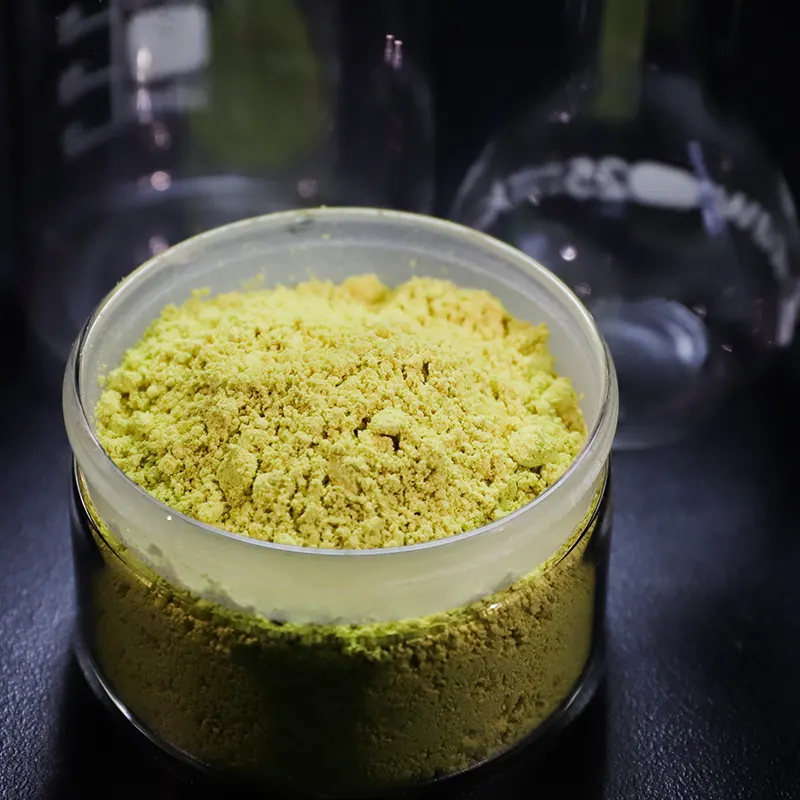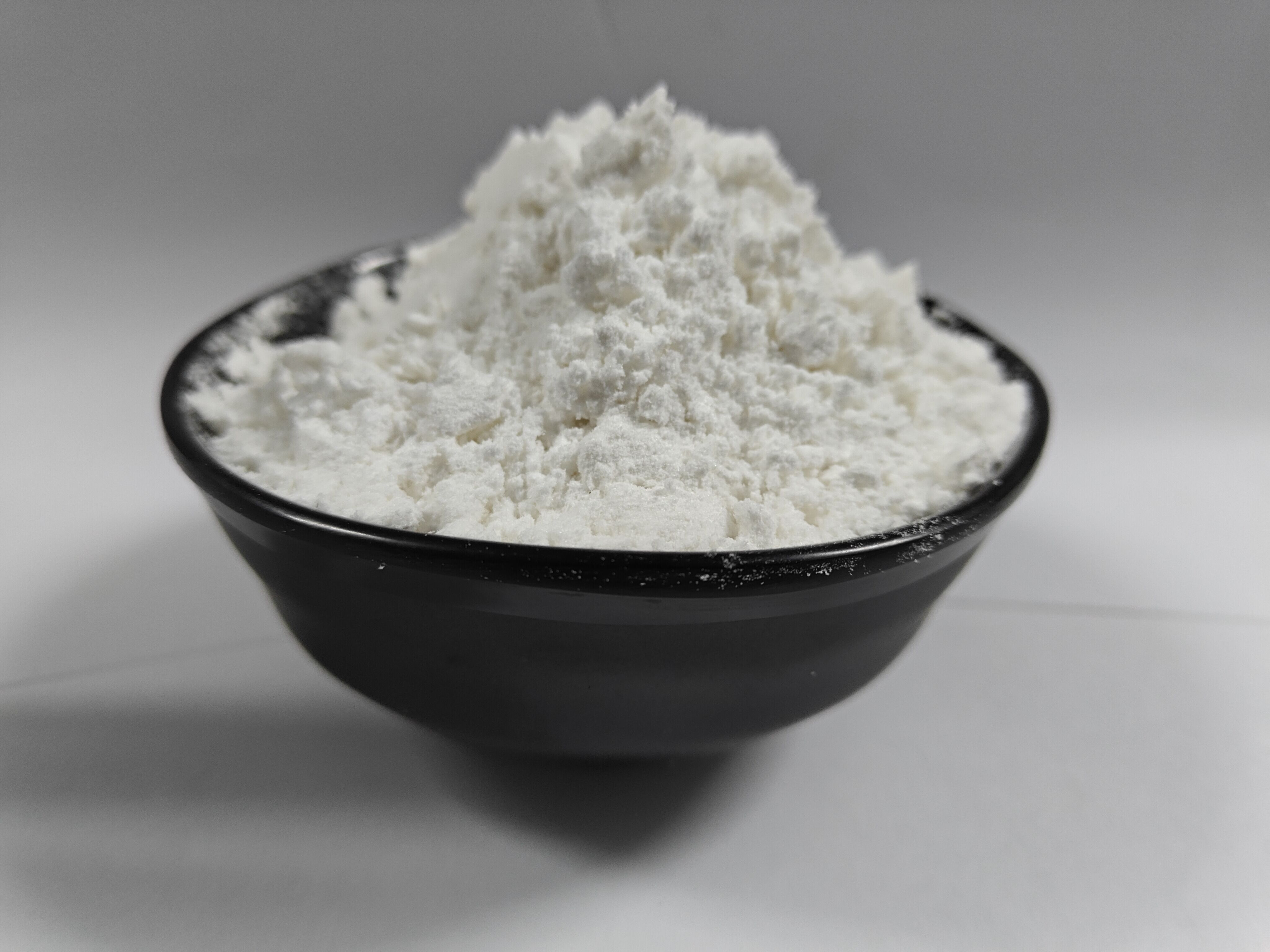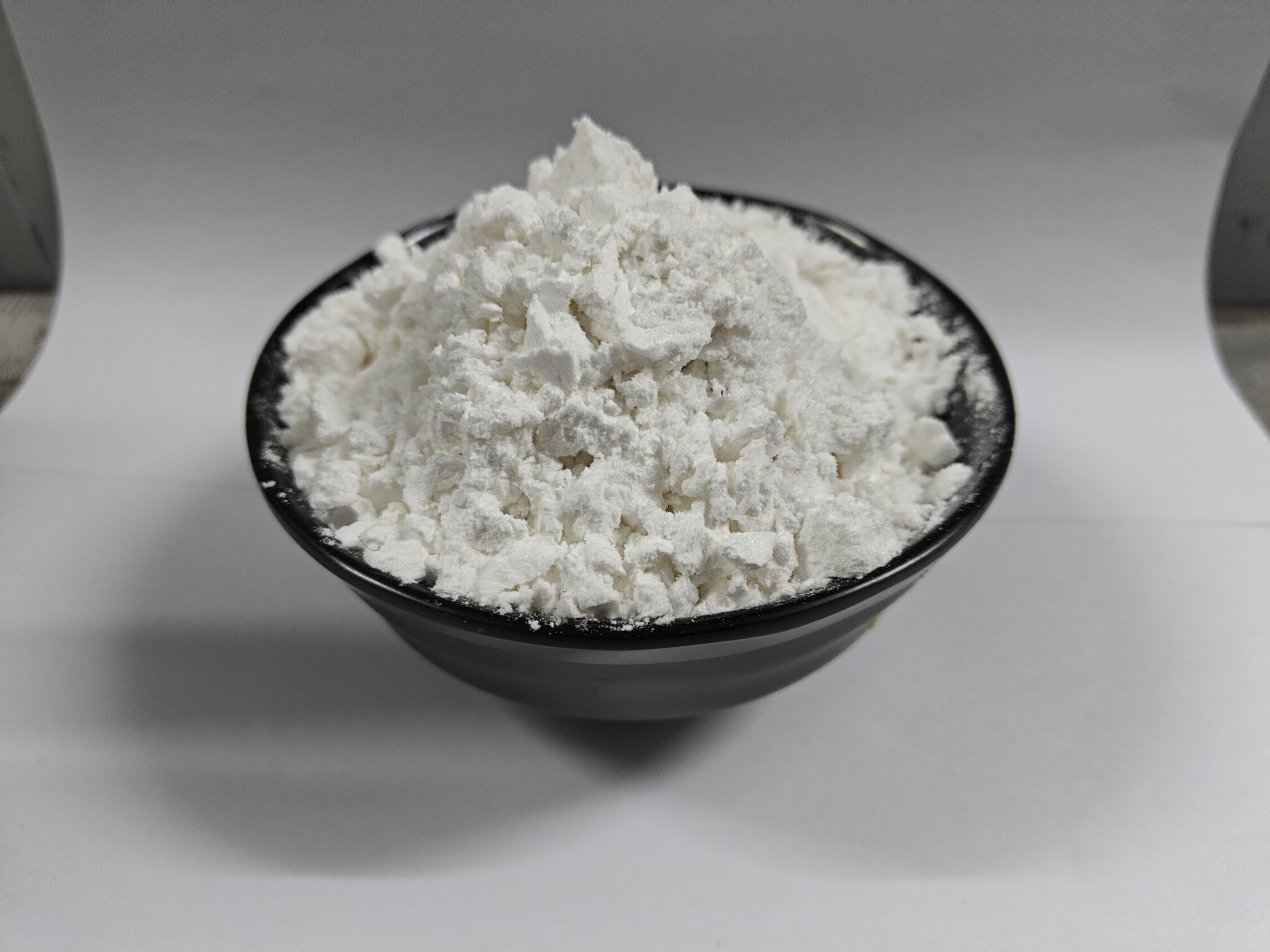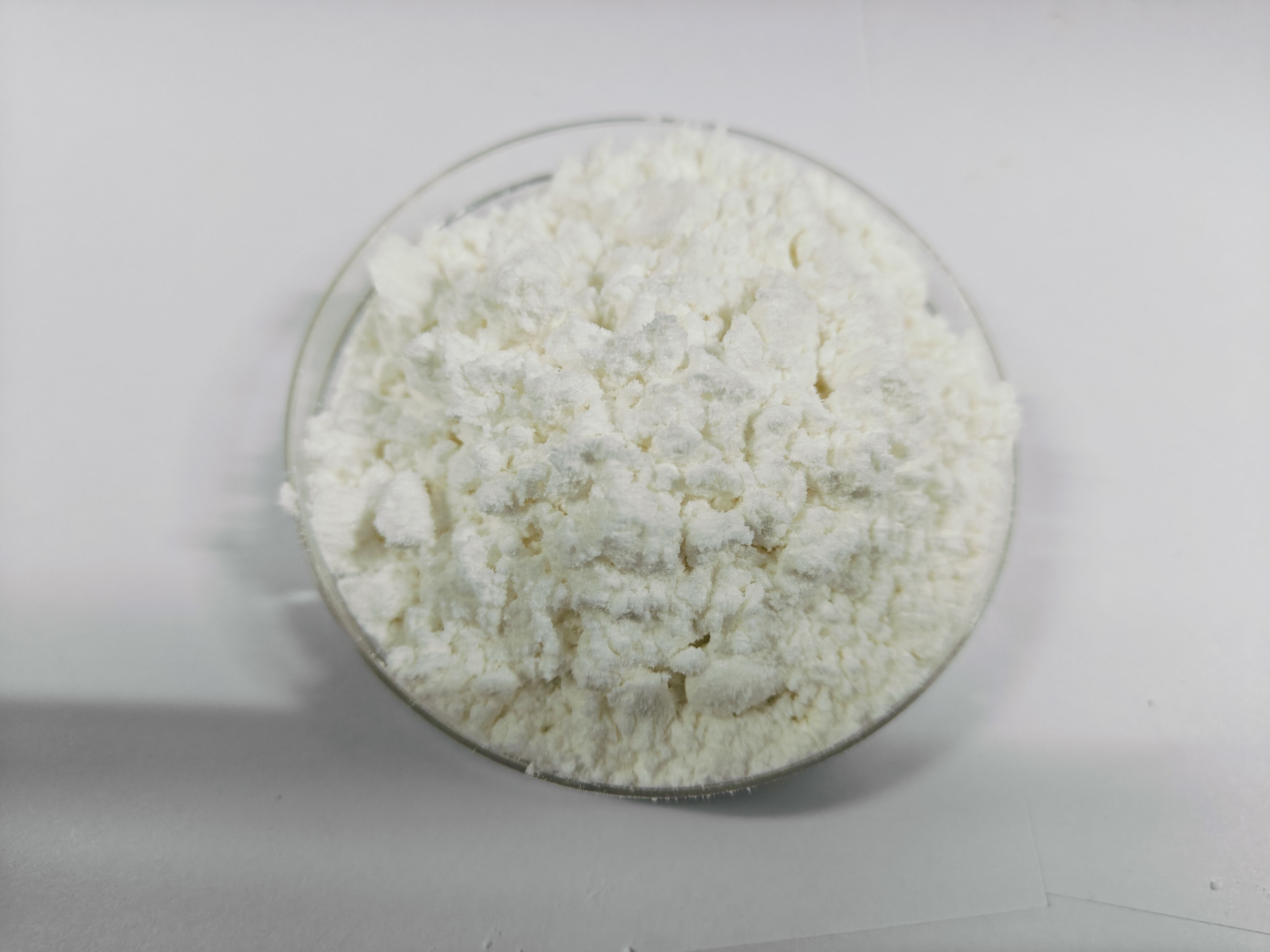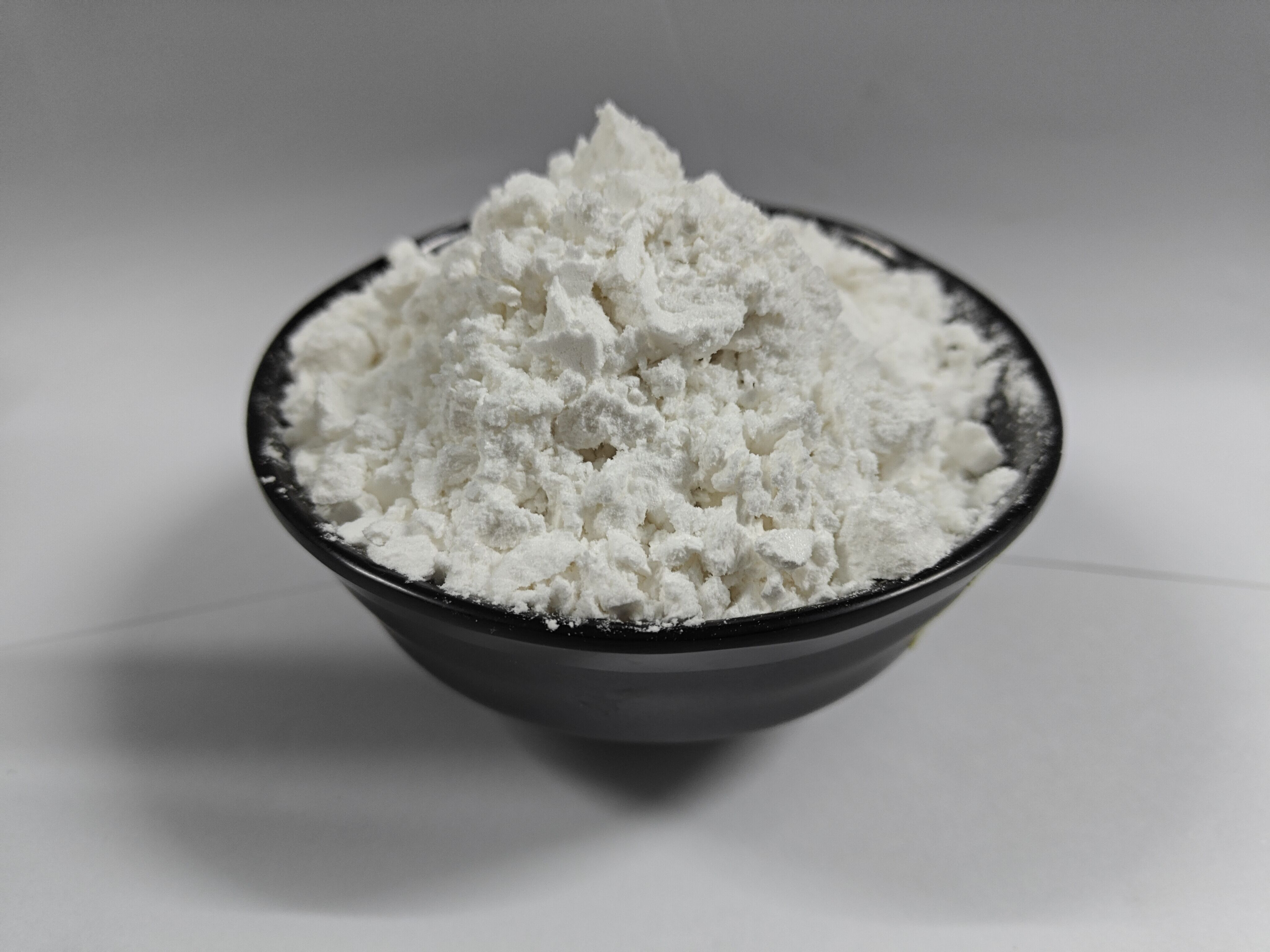carbonyldiimidazole coupling
Carbonyldiimidazole (CDI) coupling is a versatile chemical reaction method widely used in organic synthesis and pharmaceutical manufacturing. This coupling technique involves the activation of carboxylic acids using N,N-carbonyldiimidazole as a coupling reagent to form amide bonds. The process is particularly valuable because it operates under mild conditions and produces minimal side products, making it ideal for sensitive molecular synthesis. In practice, CDI first reacts with the carboxylic acid to form an activated intermediate, which then readily reacts with amines to form stable amide bonds. This method has gained significant popularity in peptide synthesis, polymer chemistry, and drug development due to its high efficiency and clean reaction profile. The coupling process is notable for its compatibility with various functional groups and its ability to work effectively in both solution and solid-phase synthesis. Additionally, the reaction byproducts are generally non-toxic and easily removable, contributing to its widespread adoption in industrial applications. The method's versatility extends to the synthesis of esters, anhydrides, and other important chemical bonds, making it an indispensable tool in modern organic chemistry.

